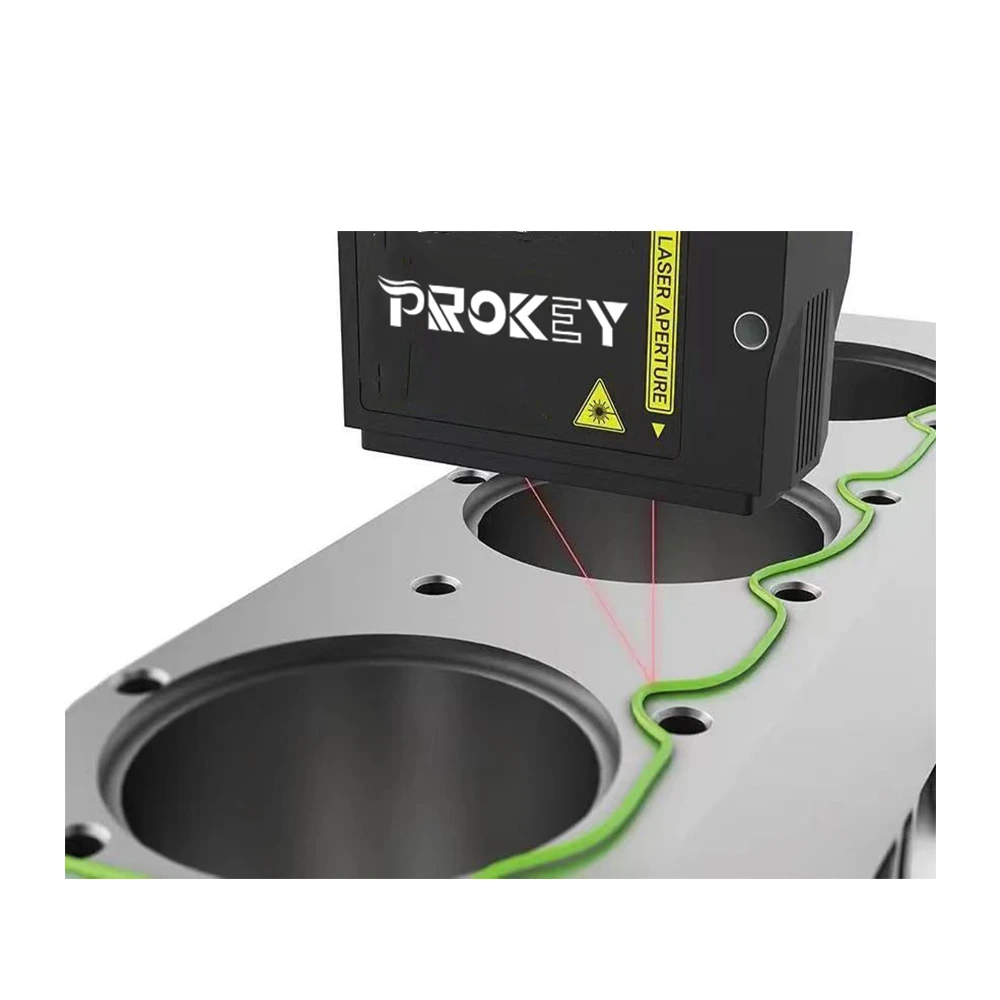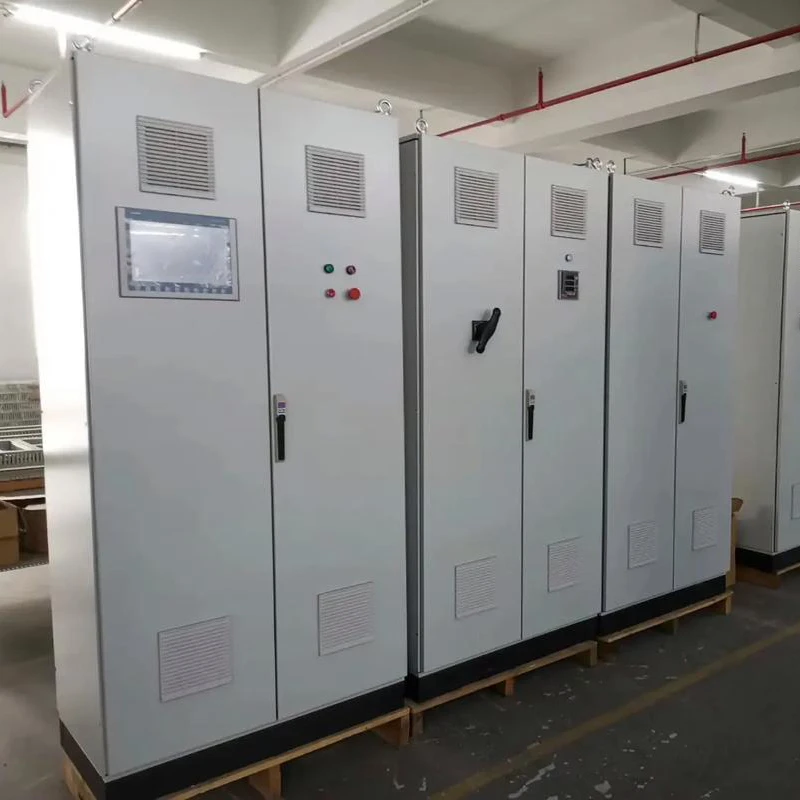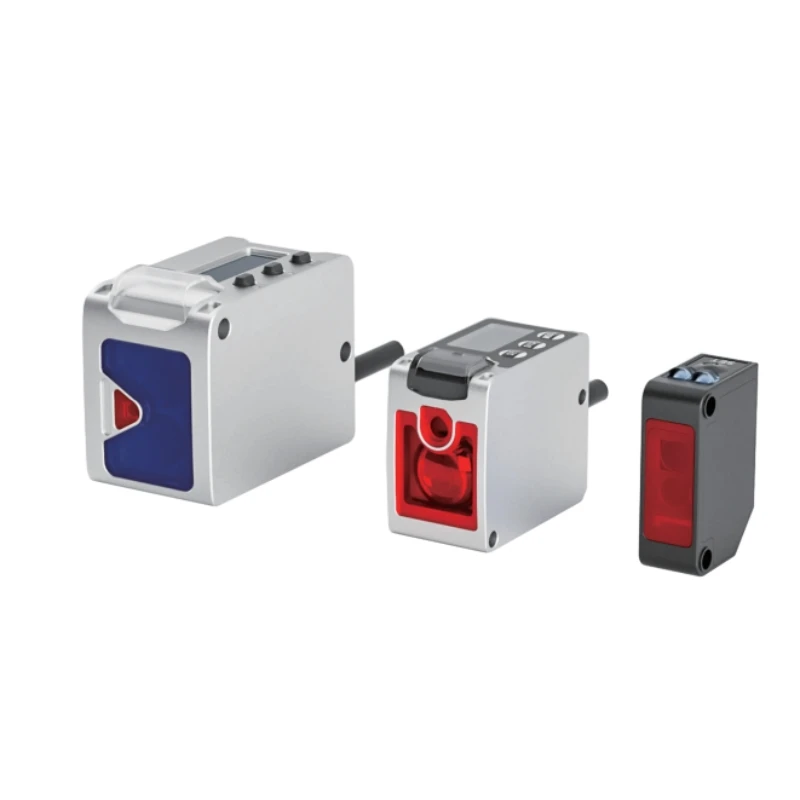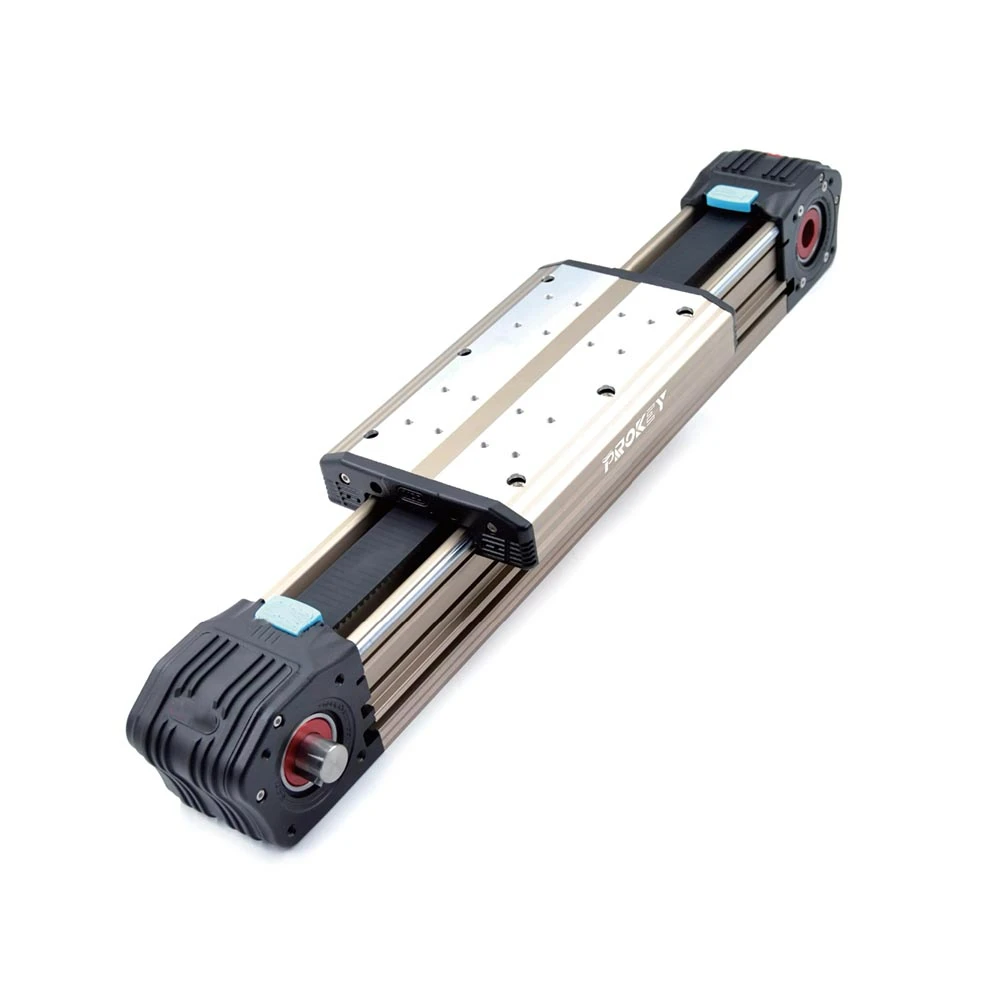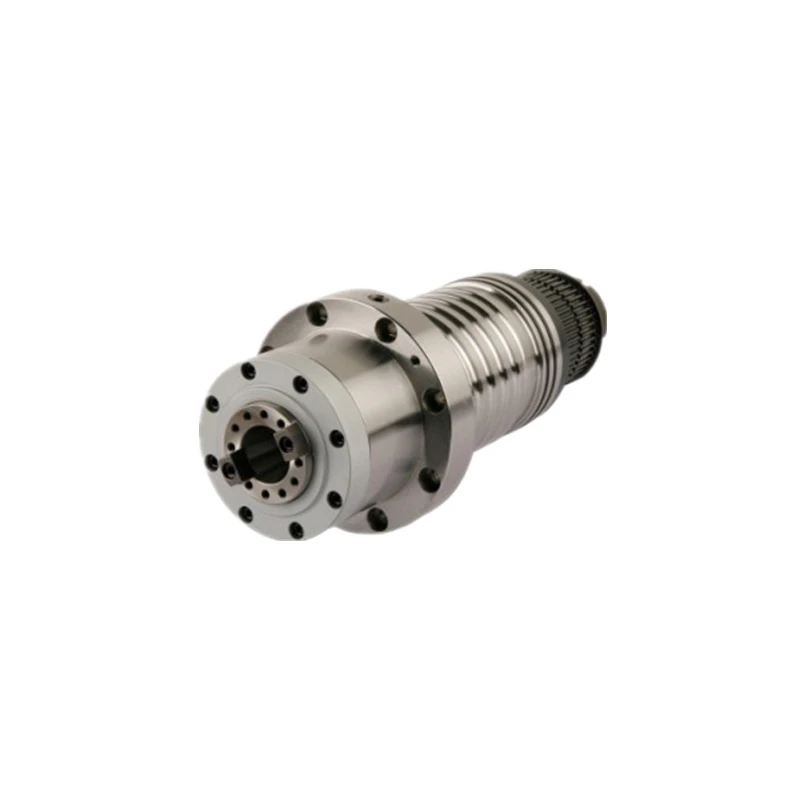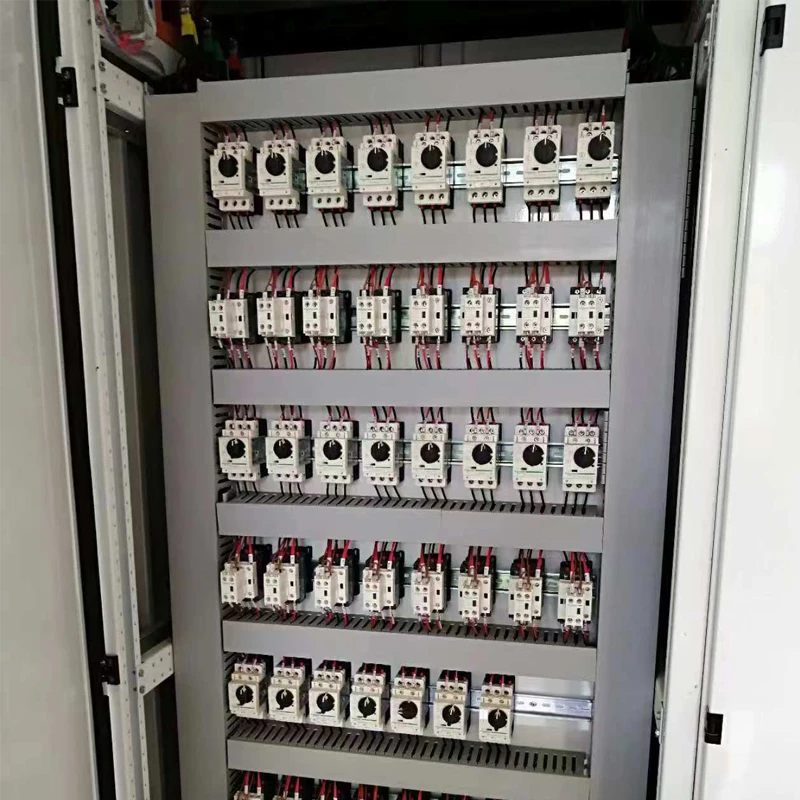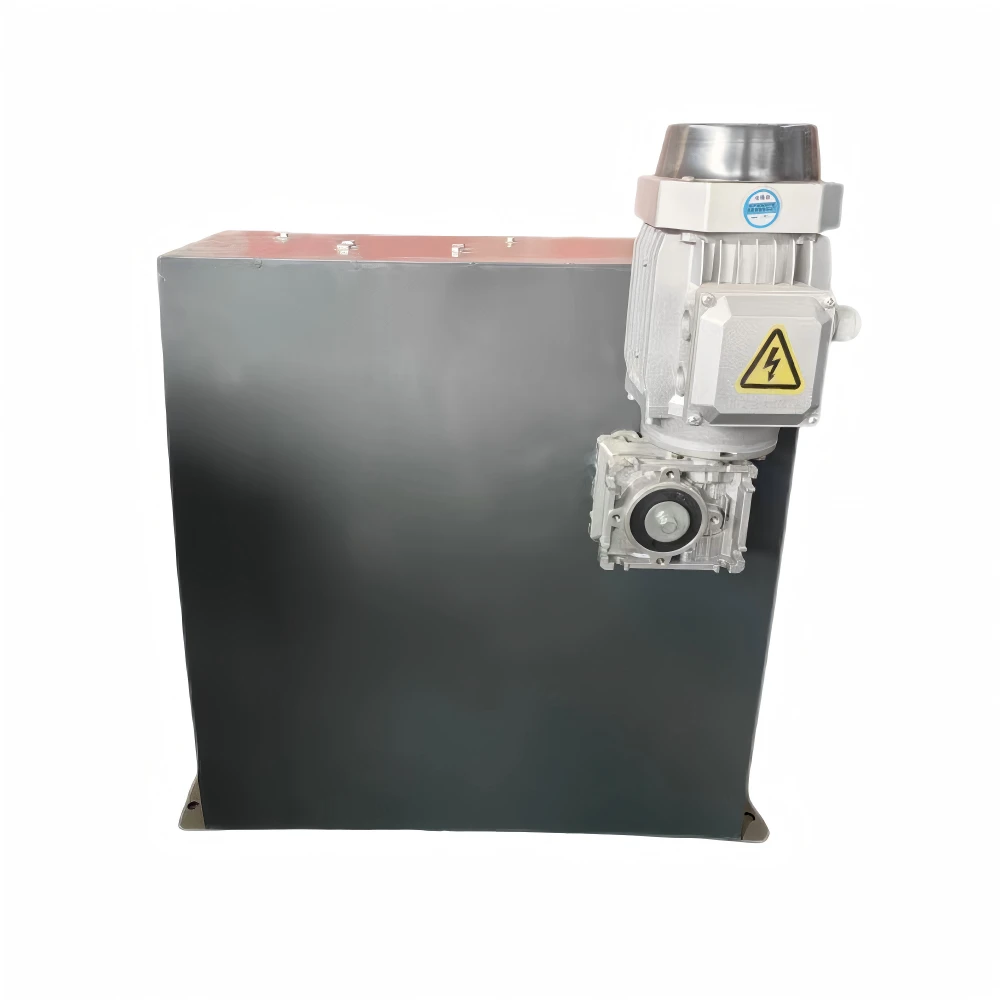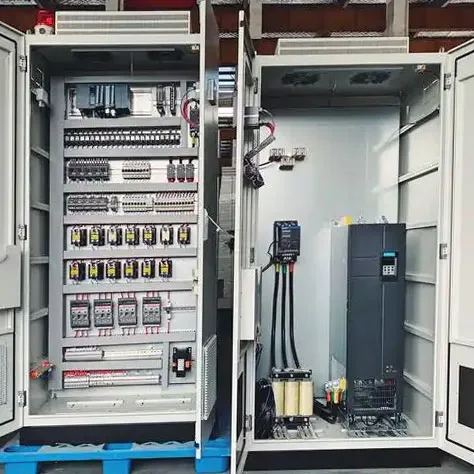3 月 . 14, 2025 11:18 Back to list
PLC Control Systems in Robotics: Enhancing Precision and Flexibility in Manufacturing
The use of robots in manufacturing has transformed industries across the globe, enhancing productivity, precision, and flexibility. At the core of this revolution lies the Programmable Logic Controller (PLC), a key technology that powers robotic systems and enables manufacturers to automate complex processes. PLCs have become indispensable in robotic applications, offering control, precision, and adaptability that are crucial for modern manufacturing environments. This article explores how PLC control systems contribute to robotics, enhancing their capabilities and driving innovation in the factory of the future.

The Role of PLCs in Robotics
A PLC is an industrial computer designed to control and automate machinery in a factory setting. Unlike general-purpose computers, industrial plcs are built to withstand harsh conditions, including extreme temperatures, vibrations, and electromagnetic interference. Their primary function in robotics is to serve as the brain of robotic systems, sending and receiving commands to ensure precise movement and operations.
PLCs enable robots to perform a wide range of tasks, such as assembly, welding, painting, and material handling, with high accuracy. These control systems allow robotic arms and other automated machines to execute intricate movements, follow programmed routines, and adapt to different production needs. In short, PLCs provide the robust control required to ensure that robotic systems function smoothly and efficiently.

Enhancing Precision in Robotic Operations With PLC Control Systems
One of the greatest advantages of plc machine in robotics is their ability to enhance precision. In manufacturing, especially in industries like automotive and electronics, the need for precise and consistent operations is paramount. PLCs help robotic systems achieve this by offering high-speed processing and fine-grained control over robot movements.
PLCs can control a robot's actuators, motors, and sensors to execute movements with extreme accuracy. Through closed-loop feedback systems, PLCs can monitor and adjust the robot’s position in real time, ensuring that it performs tasks with millimeter-level precision. For example, when a robot is tasked with assembling small components or performing high-precision welding, the PLC continually checks the robot's movements and makes adjustments as needed, ensuring that the task is completed correctly every time.

Improving Flexibility in Manufacturing Processes With PLC Control Systems
Manufacturing environments are often dynamic, requiring flexibility in how tasks are performed. Unlike traditional automation systems, which are often rigid and difficult to reconfigure, PLC-controlled robotic systems offer unparalleled flexibility. With a PLC in control, robots can easily be reprogrammed to handle different tasks, switch between production runs, or adapt to changing product specifications.
For instance, in a production line, a PLC can be programmed to control a robot that assembles a variety of products. When switching from one product design to another, the same robotic system can adjust its movements and operations with minimal downtime. This level of flexibility makes PLCs ideal for industries that require frequent changes in production, such as consumer goods, electronics, and food manufacturing.
Moreover, PLCs allow manufacturers to integrate multiple robotic systems into a single production line, coordinating their movements and actions for maximum efficiency. This interoperability enhances flexibility by enabling robots to collaborate on complex tasks or work independently on separate tasks while maintaining synchronization.

Real-Time Monitoring and Adaptation About PLC Control Systems
The integration of PLCs in robotic systems also provides significant advantages in terms of real-time monitoring and adaptation. PLCs can continuously monitor a robot’s performance, detect potential issues, and make adjustments on the fly. This capability is crucial for ensuring optimal performance and preventing costly downtime.
For example, if a robot's sensor detects an anomaly, such as a misalignment or a malfunction in the actuator, the PLC can trigger a corrective action, such as stopping the robot or making adjustments to its movement pattern. Additionally, PLCs enable the collection of data from robotic systems, allowing manufacturers to monitor key performance indicators, track productivity, and identify areas for improvement.
In the case of predictive maintenance, PLCs can analyze data trends to anticipate when a robot's components may need servicing, reducing the risk of unexpected failures and minimizing downtime. This proactive approach ensures that robotic systems remain operational and efficient throughout their lifecycle.

Integration with Other Automation Systems About PLC Control Systems
Modern manufacturing often involves the integration of various automation systems, including conveyors, sensors, vision systems, and programmable automation controllers (PACs). PLCs are highly effective in coordinating these systems, enabling seamless interaction between robots and other components of the production line.
For instance, PLCs can connect robots with vision systems that allow them to identify and manipulate objects on the assembly line. This integration ensures that robots can handle a wide range of tasks, from identifying components to positioning them correctly and even inspecting the quality of assembled products. Additionally, PLCs can communicate with other automation systems to ensure smooth operations across the entire manufacturing process, facilitating just-in-time production, inventory management, and quality control.
This interoperability makes PLCs ideal for advanced manufacturing environments where robots need to collaborate with other automated systems to achieve optimal performance.
-
Why Steel Mills Rely on FODA’s High-Temperature Cylindrical Roller Bearings?
NewsApr.10,2025
-
What is a Plain Bearing? A Complete Guide to Design & Functionality
NewsApr.10,2025
-
Thrust Ball Bearings vs. Tapered Roller Bearings: FODA’s Performance Comparison
NewsApr.10,2025
-
The Engineering Behind FODA Thrust Ball Bearings: Precision for High-Speed Applications
NewsApr.10,2025
-
No More Compromises: Get Precision-Engineered Custom Bearings Tailored to Your Exact Specifications
NewsApr.10,2025
-
In-Depth Analysis: Application Differences of Different Types of Angular Contact Ball Bearings
NewsApr.10,2025
Products categories



